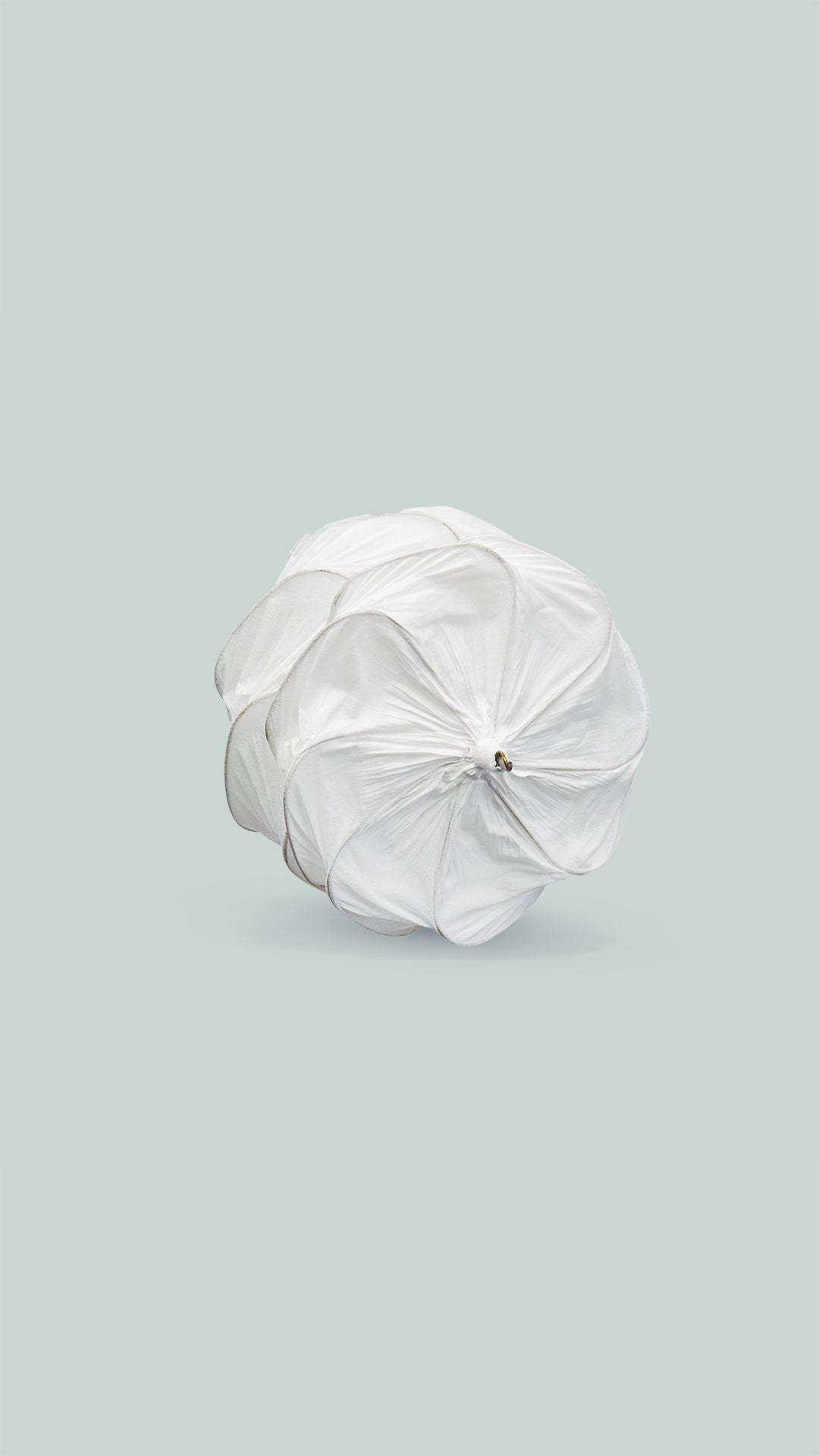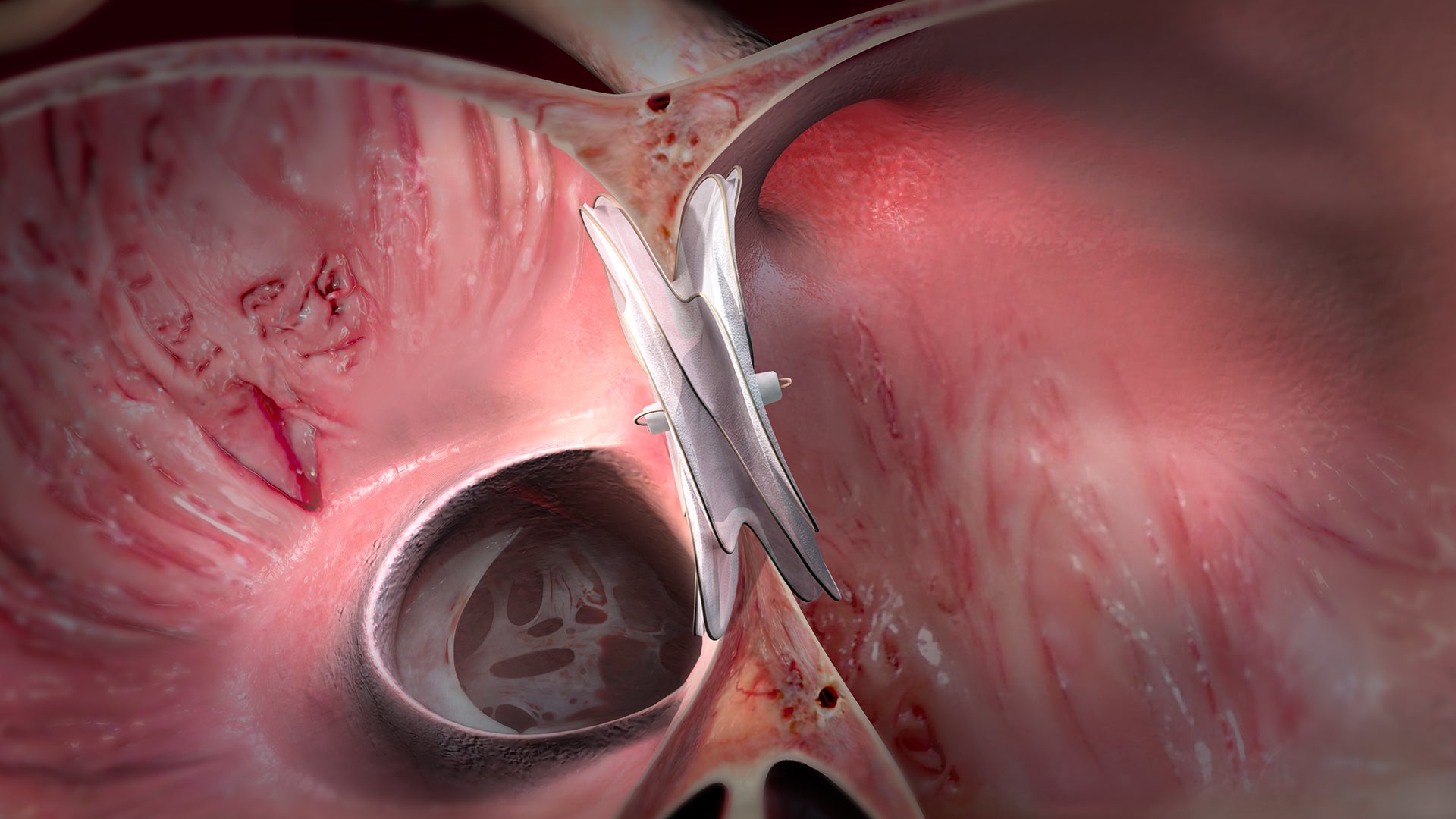GORE® CARDIOFORM ASD Occluder Clinical Data
Gore ASSURED Clinical Study


Gore ASSURED Clinical Study: Results through 36 months
The GORE® CARDIOFORM ASD Occluder continues to demonstrate its well-established safety profile and clinical performance, building on more than 8 years of clinical use with 13,000+ devices sold globally for the percutaneous closure of ostium secundum atrial septal defects (ASDs).1,2
The Gore ASSURED Clinical Study was designed to evaluate the safety and efficacy of the GORE® CARDIOFORM ASD Occluder.
Trusted long-term performance
100% closure success rate at 36 months in patients with technical success*,†,1
Proven safety outcomes
Consistent safety outcomes‡ across a broad range of ASD anatomies, including in patients with deficient retro-aortic rims§,II,1,2
Trial design
The ASSURED Study was a multicenter, prospective, single-arm evaluation of the safety and efficacy of the CARDIOFORM ASD Occluder for patients with ostium secundum ASDs.1
Secondary endpoints: Technical† and procedure†† success; long-term composite clinical success‡‡; and closure success*, safety outcomes‡ and incidence of clinically significant new arrhythmia§§ (CSNA) were evaluated through 36 months1
- No age limitations
- Ostium secundum ASDs measuring 8–35 mm by stop-flow balloon sizing
- No retro-aortic rim requirements
- 22 sites in the U.S.
Between March 2017 and July 2019

Consistent safety and efficacy outcomes

100% long-term closure success across a broad range of ASD anatomies, including in patients with deficient retro-aortic rims*,§,II,1,2
Proven long-term safety1
| Long-term outcomes through 36 months | |
|---|---|
| Patients |
| Low rate of 30-day device/procedure-related serious adverse events (SAEs)1 | 3.7% (21/569) |
| Low rate of device events through 36 monthsII II, ¶ ¶, 1 | 4.1% (17/418)II II |
| Low rate of clinically significant new arrhythmia§§,1 | 4.2% (24/569) |
0
No reported cardiac erosions through 36 months1
0
No reported device embolizations or thrombus beyond 6 months1
0
No reported clinical sequelae reported due to wire frame fracture1
Next steps
* Closure success defined as a clinical residual defect status of occluded or clinically insignificant as determined by the Echo Core Lab at the 36-month evaluation among subjects with technical success.
† Technical success defined as successful deployment and retention (at conclusion of index procedure) of a GORE® CARDIOFORM ASD Occluder.
‡ Safety outcomes defined as a calculation of the proportion of subjects that experienced one or more SAEs within 30 days post-index procedure or a device event (embolization, device removal, reintervention after completion of index procedure) through 6 months, 12 months and 36 months post-index procedure.
§ Deficient retro-aortic rim was defined as a retro-aortic rim measuring less than or equal to 5 mm on any view on echocardiogram.
II All ASD anatomies within indicated sizing parameters of the Instructions for Use.
¶ Closure success defined as a clinical residual defect status of occluded or clinically insignificant as determined by the Echo Core Lab at the 6-month evaluation among subjects with technical success.
** Safety success defined as freedom from any Serious Adverse Event (SAE) related to the device or procedure (as adjudicated by the Independent Data Review Board (IDRB)) through 30 days post-procedure and freedom from device events (post-procedure embolization, device removal, or other device reintervention) from completion of the implant procedure through 6 months (180 days) post-procedure.
†† Procedure success is defined as technical success and measured residual defect status of occluded, small, or moderate of the target ASD at conclusion of the index procedure.
‡‡ Composite clinical success evaluated at 12 months and 36 months.
§§ In subjects without prior history of arrhythmia, any new arrhythmia (documented on ECG) requiring hospitalization, initiation of new long-term medical therapy (persisting > 45 days) or any post-index procedure cardioversion or intervention (pacemaker, ablation, etc.).
II II Device event rate (n = 17/418) among patients evaluated for the clinical composite success endpoint at 36 months.
¶ ¶ Device events defined as post-procedure embolization, device removal or other device reintervention from completion of the implant procedure through 6 months (180 days) and 36 months (1095 days) post-procedure.
- Qureshi AM, Sommer RJ, et al; GORE ASSURED Clinical Trial Investigators. Long-term results of the Atrial Septal Defect Occluder ASSURED Trial for combined pivotal/continued access cohorts. JACC: Cardiovascular Interventions. In press.
- GORE® CARDIOFORM ASD Occluder [Instructions for Use]. Flagstaff, AZ.: W. L. Gore & Associates, Inc; 2024. MD200690.
- Sommer RJ, Love BA, Paolillo JA, et al. ASSURED clinical study: New GORE® CARDIOFORM ASD occluder for transcatheter closure of atrial septal defect. Catheter & Cardiovascular Interventions. 2020;95:1285-1295.

Refer to Instructions for Use at eifu.goremedical.com for a complete description of all applicable indications, warnings, precautions and contraindications for the markets where this product is available. RXOnly
INDICATIONS FOR USE IN THE U.S.: The GORE® CARDIOFORM ASD Occluder is a permanently implanted device indicated for the percutaneous, transcatheter closure of ostium secundum atrial septal defects (ASDs).
CONTRAINDICATIONS: The GORE® CARDIOFORM ASD Occluder is contraindicated for use in patients: Unable to take anti-platelet or anticoagulant medications such as aspirin, heparin or warfarin; with anatomy where the GORE® CARDIOFORM ASD Occluder size or position would interfere with other intracardiac or intravascular structures, such as cardiac valves or pulmonary veins; with active endocarditis, or other infections producing bacteremia, or patients with known sepsis within one month of planned implantation, or any other infection that cannot be treated successfully prior to device placement; with known intracardiac thrombi.

